I made a worksheet, complete with pictures that I took and uploaded to iNaturalist, that I can give my future students! Of course, I will need to adapt this based on the plants that are actually on the property of whatever school I am teaching at.
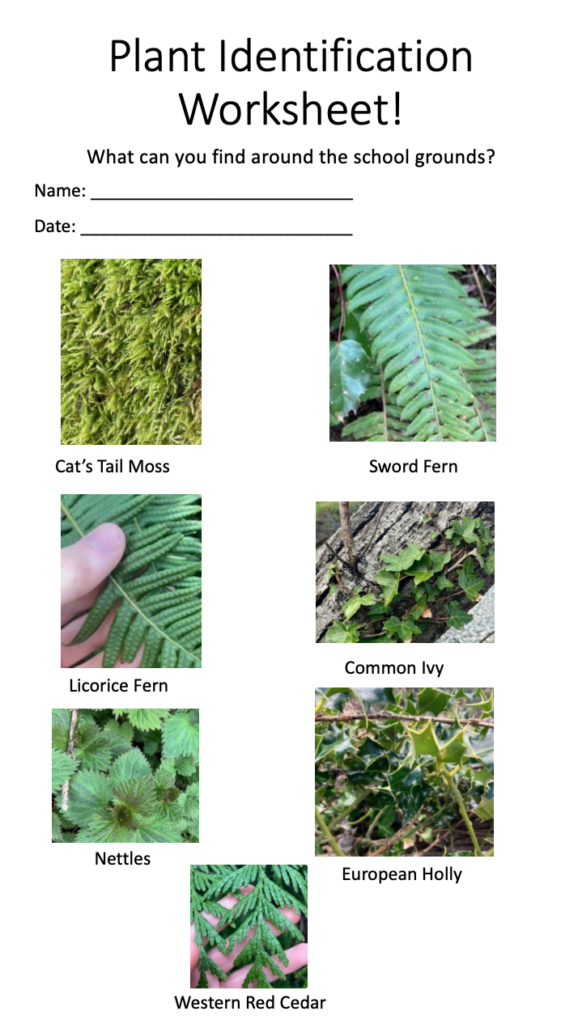
Lastly, some of my colleagues introduced me to the iNaturalist-affiliated app “Seek” last week.
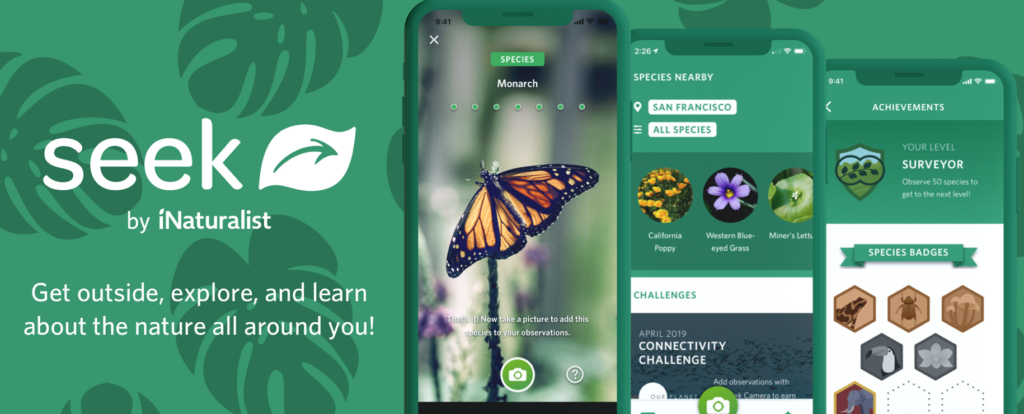
This app is an extension of iNaturalist that makes quick plant identification easily accessible (though is not always correct). Basically, you point the app’s camera at something in your environment and the app will identify the species you are looking at.
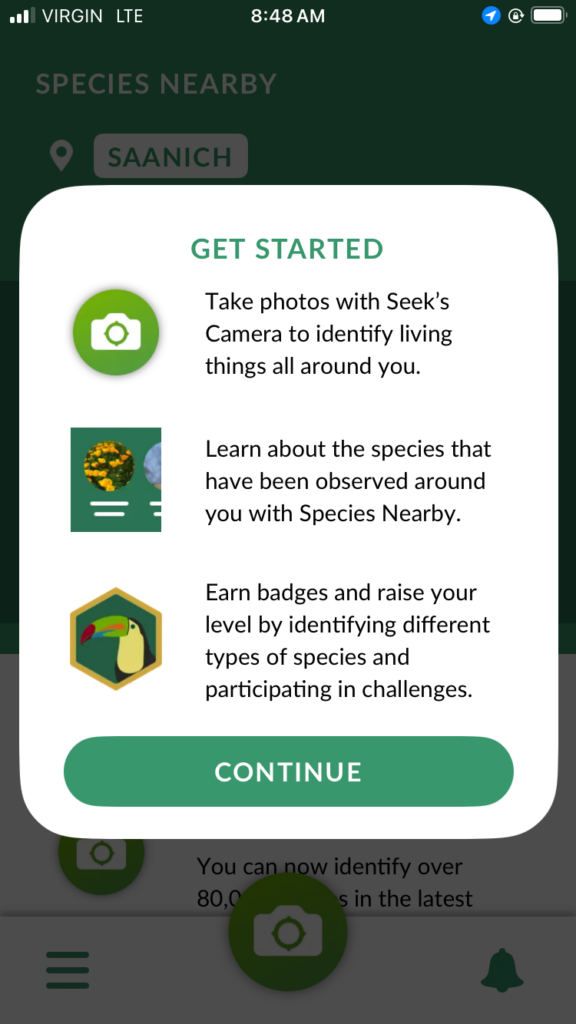
The app also game-ifies plant identification, providing different levels and badges for people who identify more plants. This seems like a great option for my elementary school classroom! To test the app, I pointed my phone’s camera at some of the plants in my backyard.
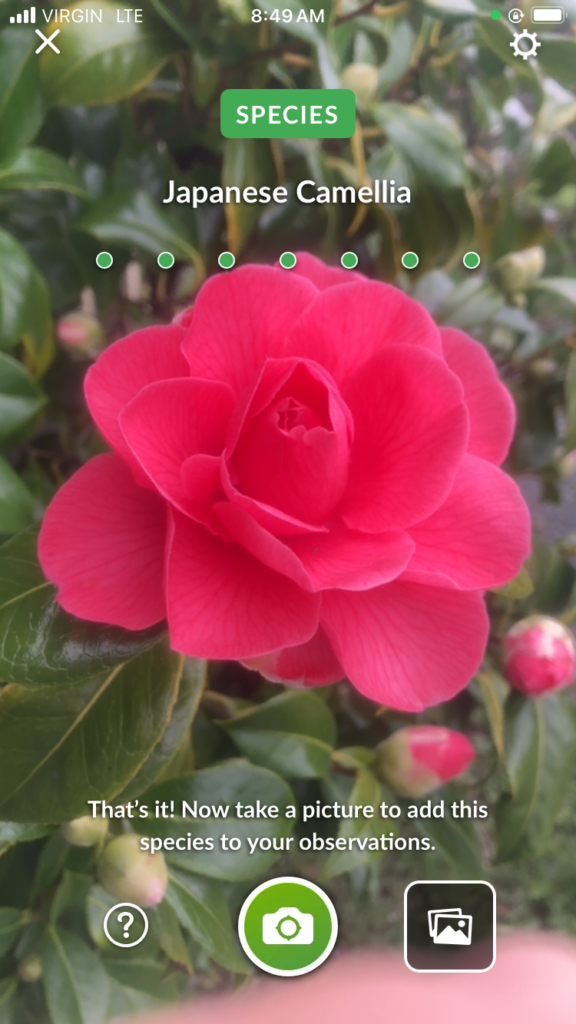
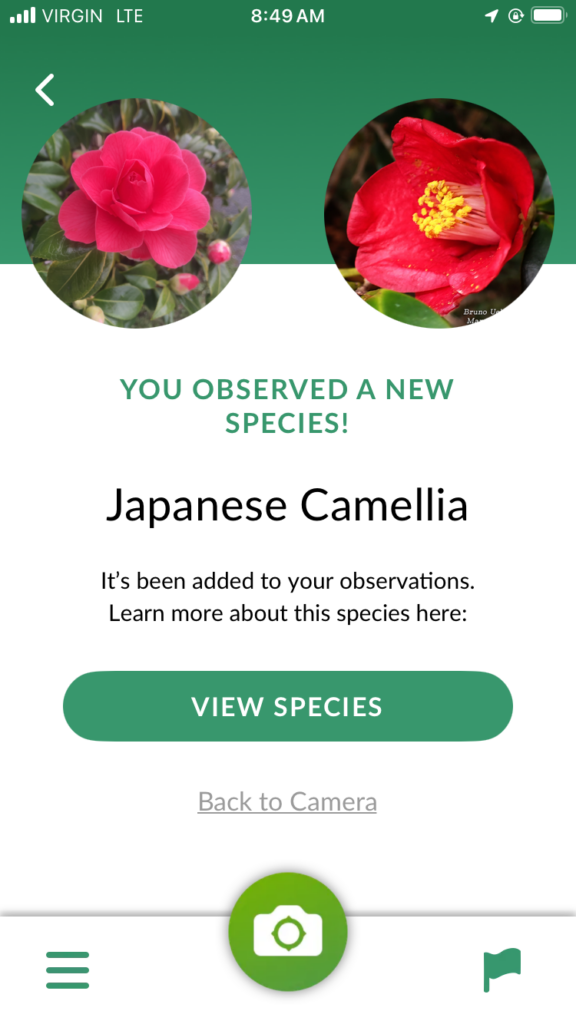
Right away, the app gives you a “view species” option that shows you a map of its range, its taxonomy, number of iNaturalist observations in your area and globally, and its seasonality. The information is presented in a way that children in my future elementary school classroom could understand and analyze as part of a school project. I’m glad I discovered Seek (shoutout to my classmates!) because it will no doubt be an integral part of my career as an educator.
However, I do think it is important that these apps are not presented as the be-all-end-all for plant identification. Sometimes these cameras can provide inaccurate information, and it is important for us to also teach students to use their intuition and question what AI or other information sources are telling them.
Thank you Michael for an amazing term!